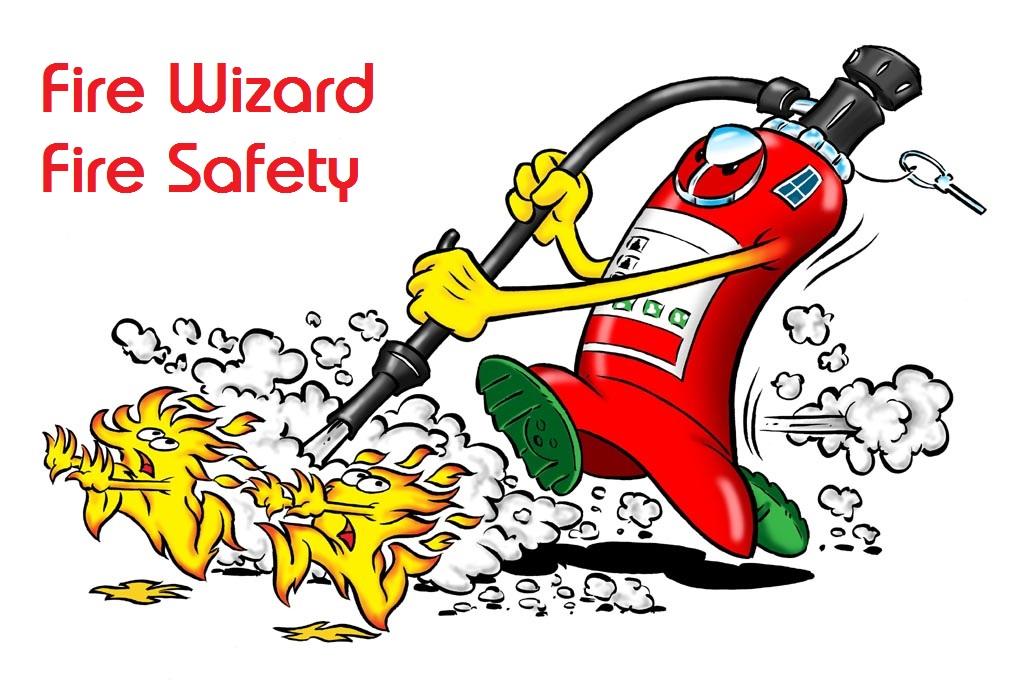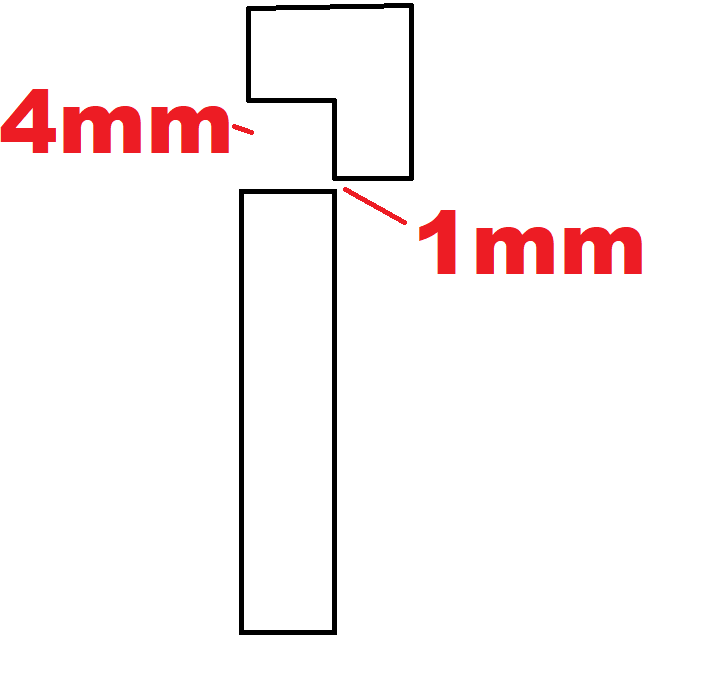-
Posts
2,701 -
Joined
-
Last visited
Everything posted by AnthonyB
-
-
Is it a bolted leaf not normally in use? If so it's a bit OTT. If its a closer fitted in use leaf then there is slightly more justification. Technically they are right but it's not risk proportionate, won't affect life safety & won't be enforced
-
If it already has the boarding you don't need to add more. A 60 minute suspended ceiling grid may be an option, but only if there is no risk in the void
-
As above, it's very ill informed & wrong to say they are illegal. HV fires from a H&S point of view are not safe for first aid attack with any type of extinguisher unless electrically dead in any case. Of note should be the fact that live 11kV transformers are sometimes protected by water mist/emulsifying sprinkler heads! A Powder P50 is an option, they were never banned for indoor use & in the latest revision of BS5306-8 any mention against not using powder indoors has been removed.
-

Do interlocked chairs impede fire evacuation?
AnthonyB replied to a topic in Fire Safety in Village Halls
They can be - these guides are published under Article 50 of the Fire Safety Order where not following them tends to prove the law was breached in any enforcement action or prosecution, so unless you have robust justification as to why you haven't followed them and how your alternative measures still provide equal safety then you are in trouble - ignoring them just because they are a guide won't cut it -

Fire door inspecting at a business with over 200 doors
AnthonyB replied to Robbie's topic in Fire Exits
It's not a month in any guidance, but 6 months for thorough examination (3 months if high traffic). Monthly is only for a brief cursory check as part of general monthly fire safety housekeeping walkthroughs -
Guidance would be used as the benchmark as to what would meet the functional standards of the law. If you don't follow it you must be able to demonstrate why your alternative regime still affords an equal level of safety in relation to the risk and it must be more than 'it's too much trouble', ;we don't have the time' or 'it costs too much'. Remember that whilst 'guidance' that "where in any proceedings it is alleged that a person has contravened a provision of articles 8 to 22B or of regulations made under article 24: (a)proof of a failure to comply with any applicable guidance may be relied on as tending to establish that there was such a contravention" Deviation is possible (Sainsbury's justifying weekly fire alarm test for example) but requires a lot of work to establish why it's justifiable.
-
Your fire risk assessment, a legal requirement in ALL premises should address this. It all depends on the fire separation between the chip shop & apartment - if it can be proven to be 60 minutes fire resistance then you won't need the building wide fire alarm system, just the Part 6 Grade D smoke/heat alarms to the flat and (if required, it may not need it in this case)a separate Part 1 system just to the Chip Shop
-
I have four questions: 1. Has anyone seen, or recommended, FD30S doors to be installed to rooms within flats? No, the requirement where a flat was built to Building Regulations has never been FD30s, originally it was fire check doors, then FD20 doors and currently FD30 doors. 2. Is an upgrade to FD30S the correct recommendation for all flat entrance doors, converted and purpose-built, regardless of where the government guidance says it is not necessary? It's not necessary or proportionate, the guidance was written to balance adequate safety with not burdening home owners with excessive costs (from £800-£3000) 3. I have also read fire risk assessments, and seen fire safety advice on company websites, that suggest an 8mm or 10mm gap at the bottom of an upgraded FD30S door, but I read this as <4mm without a threshold seal or <3mm with a drop seal. Which is the correct line? One for our resident fire door expert Neil, but if it's upgraded to achieve a notional FD30S I would expect that to include the threshold gap using a drop down seal or hardwood lipping 4. I know advice can change with risk assessment, but Is there a definitive guide on fire doors in converted flats? Or a summary that pulls together all of the guidance for converted flats and purpose built flats? A replacement for the LACORS guide is under preparation (& has been since about 2019, but was in hiatus for several years) and is by the authors of the Purpose Built Flats guide so will be in the same vein and use the same principles and thus not be as conflicting This has been discussed before and I have read almost all of the previous posts without forming a clear idea of what would satisfy any enforcing authority. The guides have status under Article 50 of the Fire Safety Order such that following them would see a premises 'deem to satisfy' the requirements of the legislation as long as correctly applied for a particular scenario
-
Take the door and frame out, skip them, move the bed in, fit a new certified FD30S doorset (frame, door & ironmongery all compatible and installed to manufacturers specification & test certificate), job done. Whilst not to current building regulations if a new build or new conversion, as an existing door set official guidance for the fire regulations (separate legislation) will tolerate 'notional doors' and 'upgraded notional doors' in certain circumstances and whilst the Perko single chains are known to have been a poor choice for decades aren't specifically excluded if still shutting a door flush (only rising butt hinges are) so the door may have been acceptable for existing purposes - but it doesn't look in the best of conditions and if having to complete building work to get the bed in it's time to modernise!
-

Existing Notional Fire Door Remedial Work or Replacement?
AnthonyB replied to nigelh's topic in Fire Doors and Accessories
Your block is not a new build - it is completely wrong and against both Government guidance (which if you follow is proof you are legally compliant with the legislation under Article 50) and the recognised fire risk assessment methodology PAS79 to try and apply Approved Document B, a guide for the design of new buildings not assessing existing ones, retrospectively. I know who they are and I know the standard of their work, feel free to take this offline - PM me or email me. -

Fire Resistance for different purpose groups
AnthonyB replied to Paul B's topic in Fire Risk Assessments
Not really, it's a single compartment building due to size, depending on void contents and the risk assessed fire alarm category you might need detection up their, but for life safety it's not proportionate -
I wouldn't expect AOV even on a new build with that layout as the stair is remote from the risk. Compliant at the time of the build hasn't been acceptable as an automatic get out for fire safety since 2006 (it's not the same as Building Regulations that retain the hard stop on backward application) and the risk assessment determines whether the existing precautions still provide an adequate level of safety (some are proven to be now ineffective), some part modernisation or mitigation is needed, or, full modernisation is required. A good example is the guidance around fire doors in blocks of flats - sometimes original notional doors can remain, sometimes they need modernising with intumescent seals & smoke brushes and in some cases whole door sets need replacement with certified new ones. Based on the risk as presented (but with the caveat I've not been there and only have your description) I don't see a need for retrospective smoke control either!
-
PAS9980 addresses this (particularly the new version in draft if published as it stands) with very small buildings like this being low risk, but if in doubt ask a competent FRAEW assessor as to their thoughts, although a full FRAEW is unlikely to be required
-
BS7273-4 allows a variation in manual release operation type and location for places like places of detention, care homes & similar where risk to certain residents can arise if they are able to leave the premises without supervision. The doors should usually be linked to the fire alarm as well although again in certain places this may not be the case due to a possible risk from general release of all doors
-
So none of the flats actually open into the stairs? If not no reason at all for smoke control.
-

Existing Notional Fire Door Remedial Work or Replacement?
AnthonyB replied to nigelh's topic in Fire Doors and Accessories
If the assessor is a member of a professional body or a registration scheme (which they should and there is little excuse for not being) there is the potential of reporting the issue to them. If you feel you are being required to implement work that is not required you should take the matter to a First Tier Tribunal (Property). I've helped a client win against a council and their two different, but equally incorrect/OTT, risk assessments against unnecessary work - it can be done! -
Heat detectors, by their very nature, rarely false alarm due to the fact they are unaffected by steam, aerosols, dust, insects, etc. It will be running on battery until flat and is most likely to be defective - you should replace it with a new one - you can take it down whilst still noisy and until you can get a new mains detector installed it's advisable to put up a cheap battery only detector to keep you covered. https://www.safelincs.co.uk/smoke-alarms/
-
Subject to travel distances this sounds reasonable - with a layout based on Figures 1 or 4 the total travel distance should not exceed 25m - it is also assumed the escape doesn't pass the kitchen
-
No, it was most common in London presumably due to their own local building regulations, but isn't an explicit requirement in current Building Regulations guidance.
-
Sounds like your friend has failed to meet the first legal requirement - that of a fire risk assessment, which would answer your question. See here for advice on the law https://www.gov.uk/government/publications/making-your-small-non-domestic-premises-safe-from-fire Domestic detection isn't usually permitted in commercial premises or for where commercial & domestic premises need to evacuate together, if there is a 60 minute fire resistant ceiling between shop & flat there may be no need to have linked alarms.
-
Alternative escape route is traditionally an external steel stair - no shortcuts like throw out ladders, etc. You would be advised to consult a fire engineer as increasingly building inspectors will require deviation from the ADB recommendations to be contained in a strategy by a chartered fire engineer with fire safety design insurance.
-
That's up to the risk assessor - there are lots of factors at play before deciding whether to remediate or change evacuation policy (& thus install the required alarm systems for this). If the doors are the original fire doors and it's a small block they can be tolerated and worked with, riser cupboards can be firestopped, it's not always severe enough to require a full U-turn in the approach. Without seeing the block and the issues I can't be definitive - I have had small blocks that have been able to remain as stay put whilst new doors are fitted, others where a full evacuate system and alarms has been required.


